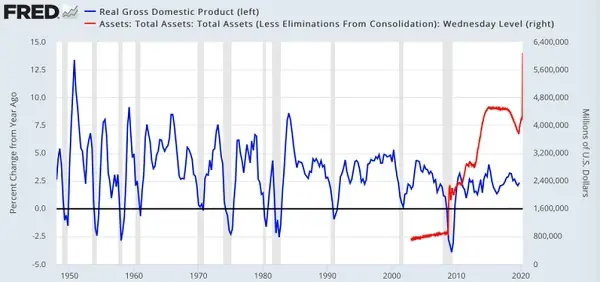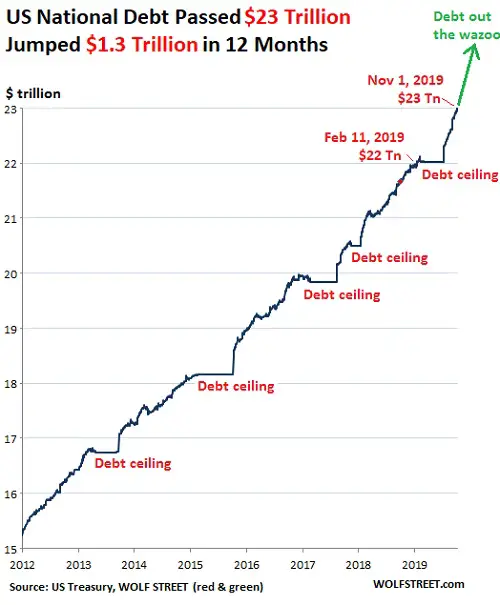What Happens When The Pandemic Ends?
Let’s assume that by the end of this year a combination of social distancing and some new and effective treatments convert covid-19 from existential threat to chronic nuisance and the economy starts to assume an air of normalcy. Which is to say that people go back to traveling and eating out and buying Chinese-made things they don’t need with money they don’t have.
Are we really home free? Or will some other, even bigger black swan come in for a landing?
To put this question into context, it helps to look at how the world got here. In extremely brief form: We engineered a tech stock bubble in the 1990s that burst in 2000, requiring drastically lower interest rates and truly insane speculation in housing to rescue the big banks. When that bubble burst in 2008, interest rates had to fall even further and even more debt – ranging from government to student to subprime auto (and, yes, mortgage) — had to be taken on to save Wall Street. Hence the term “everything bubble.”
Then came the pandemic, which burst the everything bubble and has convinced the world’s governments that truly astounding amounts of new debt are required to bail out all the parts of the private sector that have more-or-less ceased to exist.
Here, for instance, is the Fed’s balance sheet, which is a proxy for the amount of new currency the central bank has created out of thin air and dumped into the economy. The blue line is GDP growth and the red line is Fed currency creation. Note that more and more currency has to be created to maintain the same anemic growth trend:

And here’s the federal government’s debt. Note the same situation as with the Fed: ever-greater borrowing is necessary to maintain a diminishing rate of growth.

…click on the above link to read the rest of the article…